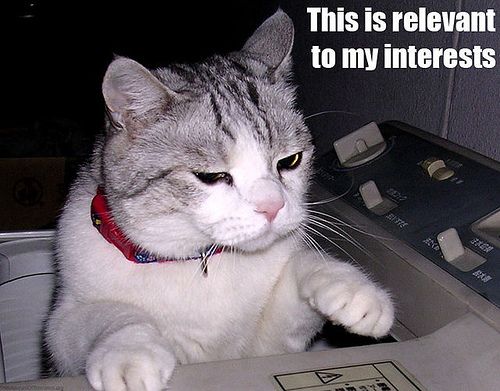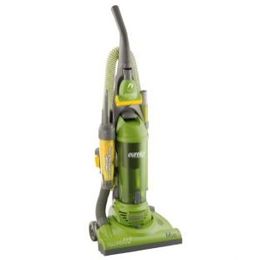Before you decide to get a link from a site, evaluate the value of the linking page and the linking site. I have found 10 factors which can help. If you know of any other factors, then please share it in the comment section below. Here are my 10 factors:
Page Rank of the potential linking page and the linking site.
Although Page Rank is not the most important factor to consider, i started with PR because it tells a lot about a page. If PR is grayed, then may be the linking page is not in the Google Index, may be it has got some penalty, it may be a brand new page, may be it is not getting any link juice because of some crawling issues or it may be blocked from search engines via robots.txt or meta noindex tag. In either case, it make sense to digg out why the PR is grayed. If it is grayed because of any of the aforesaid -ve SEO issues, then the page is not worth targeting for a back link.Cache Date of the potential linking page
Through Cache date of the linking page you can find out, how frequently the linking page is crawled and indexed. If cache date is more than 3 months old, then the page is not worth targeting as bots may have stopped crawling the web page.Index Status of the potential linking page
Use site: command on Google to find out whether the page is in the Google Index or not. If site: command doesn’t return any results, then simply copy and paste the contents of the page in Google search bar. If the page doesn’t come up on SERP for its own contents then it is not in the Google Index and hence not worth targeting.NoIndex, NoFollow Status
Make sure that the liking page doesn’t contain nofollow and noindex meta robots tag. Also check the robots.txt for any possible blocking of the page from the search engines.Outgoing Links
Ideally the number of outgoing links (both internal and external) on a webpage should not be more than 30. More the number of outgoing links on a web page, lesser is the value of a link from that page. So if a potential linking page has more than 100 outgoing links, then it is not worth targeting.Back link Analysis
The links on the potential linking page should be direct and do-follow links. They should not be redirected, JavaScript, short url or no-follow links. Often link builders take only no-follow links into account. JavaScript, short URLs and redirected links are almost as bad as no-follow links in terms of passing link metrix. I used the word ‘almost’ because they do pass some link metrix. But how much they pass which can be considered optimum for improving rankings is still in question. Therefore for the best practice, stick to direct do-follow links.Anchor Text
Make sure that the anchor text of your back link contain your targeted keywords. Some webmasters won’t let you use your desired anchor text as it reduces the readability of their site and give a bad user experience. Like you submit an article on ‘selecting car insurance companies’ on the linking site and then sign it as ‘Car insurance India’ with a link back to your site. But ‘car insurance india doesn’t make any sense as a stand-alone text (even if you used it between text). So it makes sense to contribute something which can justify the use of your anchor text or use anchor text in an intelligent way like: ‘Zeyx Car Insurance Company of India’.Topical Relevance
The linking page and the linking site should be on the same/similar topic as the linked to page. If it is not, then the potential linking page won’t pass any topical relevance to your website. It means if your website is on ‘Dogs food’ and you get a link from a ‘cats food’ website, then that link won’t make your website any more relevant for the keyword ‘Dogs food’.Geo-Relevance
The linking page and the linking site should be relevant to the geo-location your site is targeting. If it is not, then the potential linking page won’t pass any geo-relevance to your website. It means, if your website is targeting ‘new york’ and you get a link from the site which is relevant for ‘los angeles’, then such link won’t make your site any more relevant for the ‘new york’ area.Trust and Authority
Last but not the least, you need to determine the trust and authority of the linking page and the linking site. You can use ‘open site explorer‘ for this. Through page authority and domain authority you can determine the ranking potential of the linking page and the linking site.
Source: SEOTakeAways.com







 1 | SEOBook
1 | SEOBook 2 | SEOMoz
2 | SEOMoz 3 | searchengineland
3 | searchengineland 4 | SearchEngineWatch
4 | SearchEngineWatch 5 | SearchEngineJournal
5 | SearchEngineJournal 6 | SEOChat
6 | SEOChat 7 | MattCutts
7 | MattCutts 8 | SERoundTable
8 | SERoundTable 9 | SubmitExpress
9 | SubmitExpress 10 | SelfSEO
10 | SelfSEO 11 | WickedFire
11 | WickedFire 12 | HighRankings
12 | HighRankings 13 | SEO
13 | SEO 14 | SeoByTheSea
14 | SeoByTheSea 15 | SearchEngineGuide
15 | SearchEngineGuide